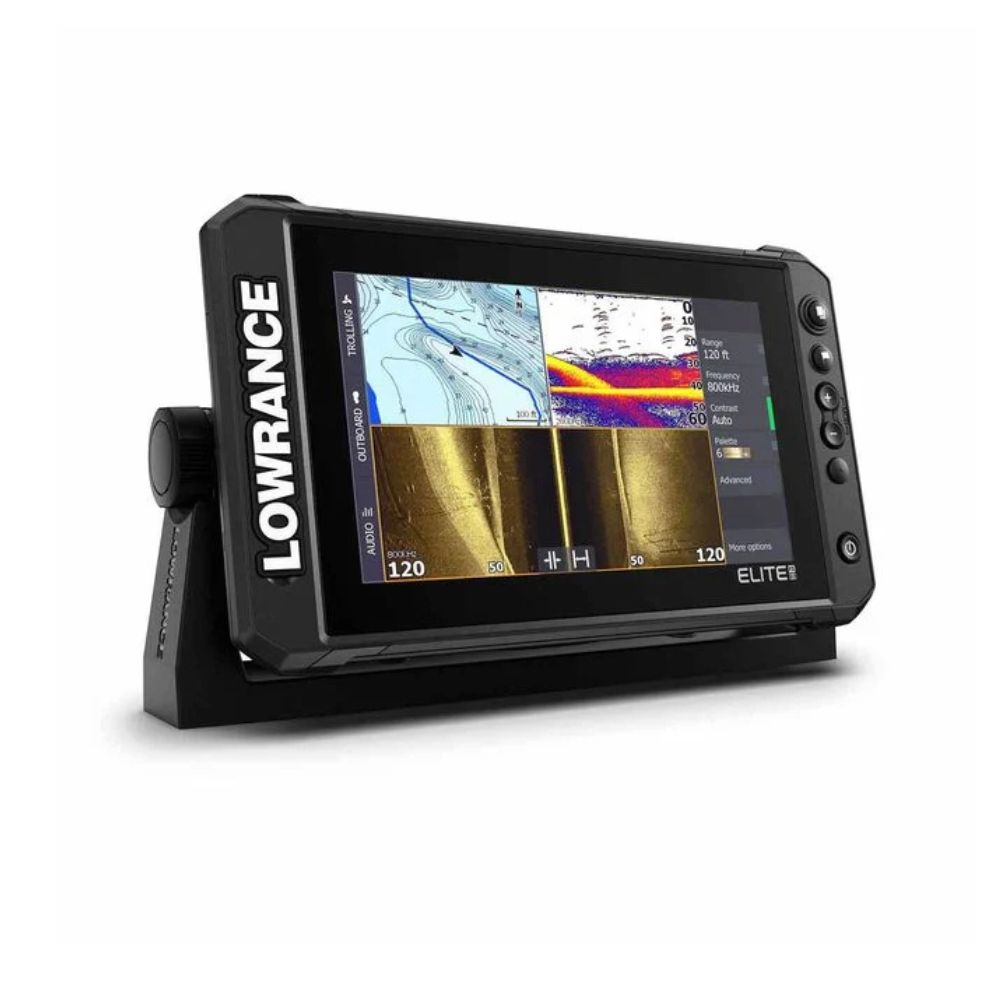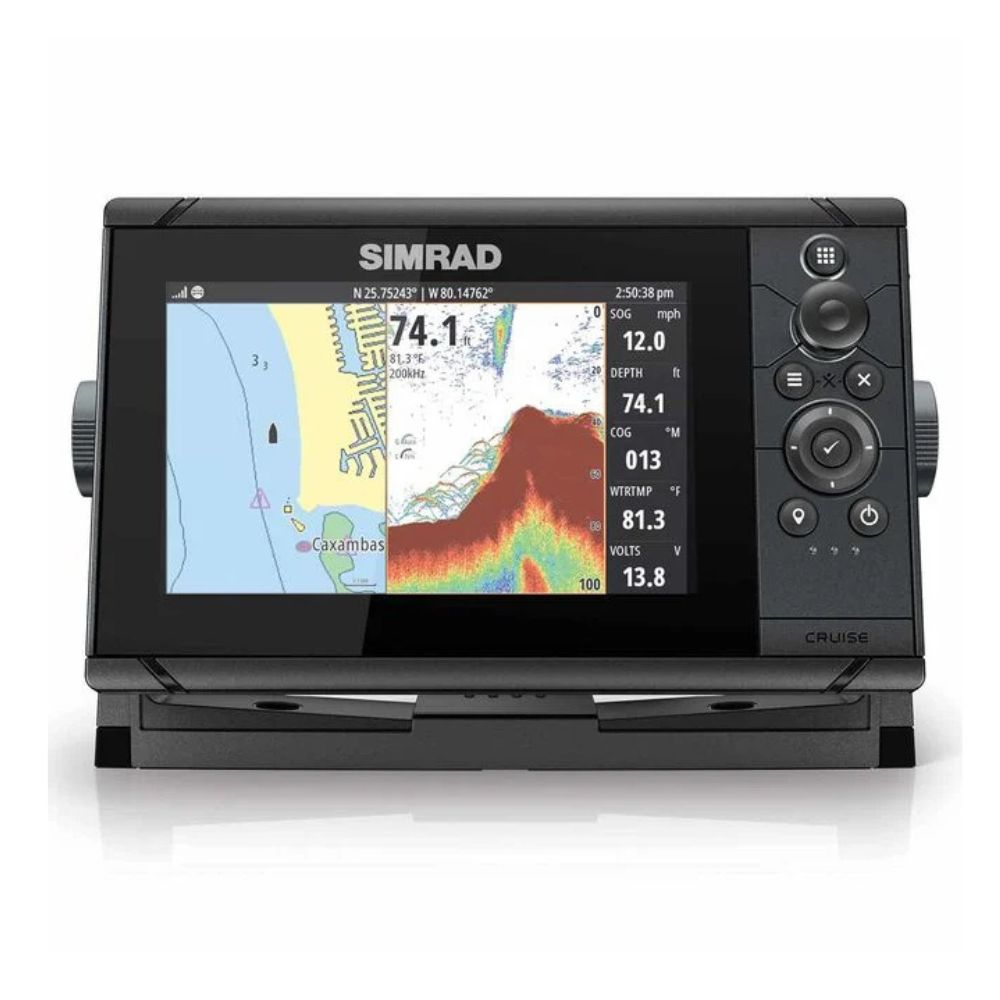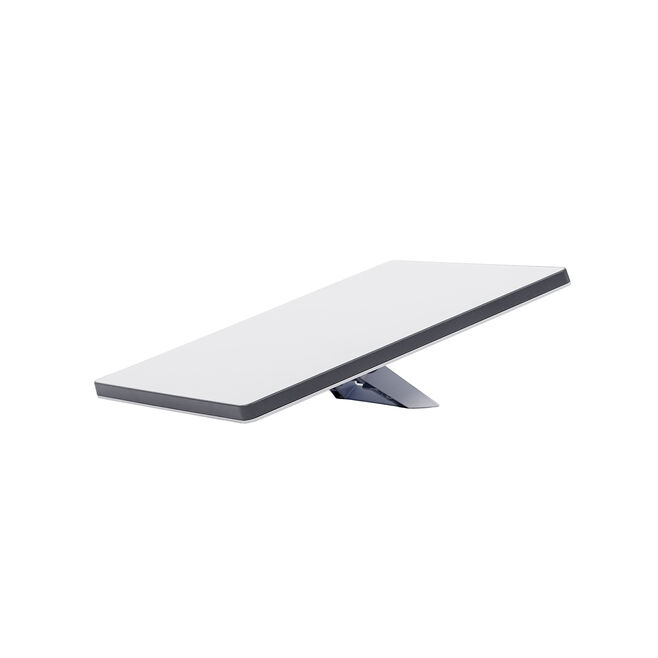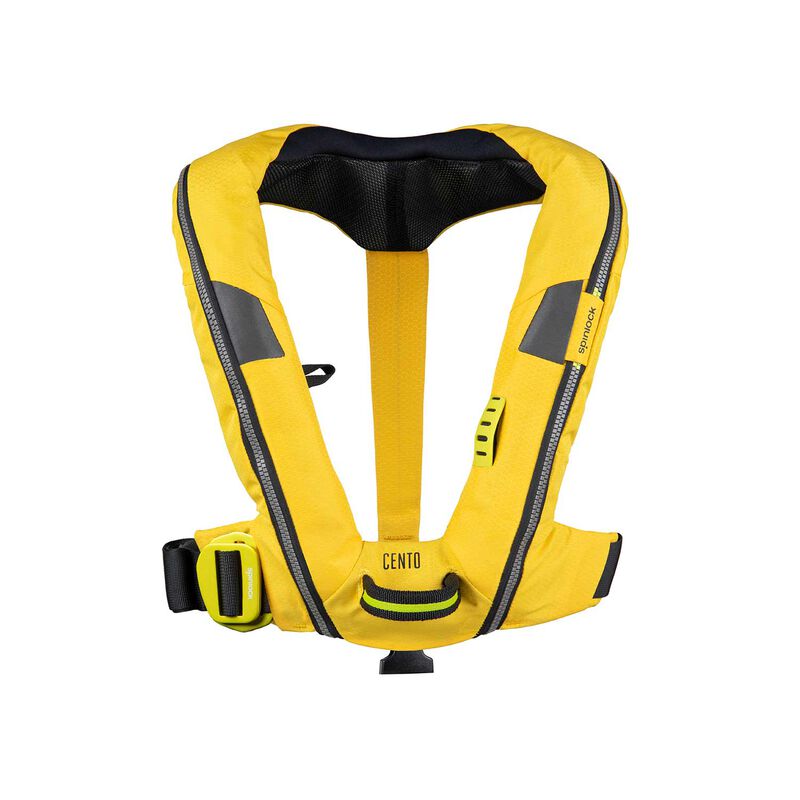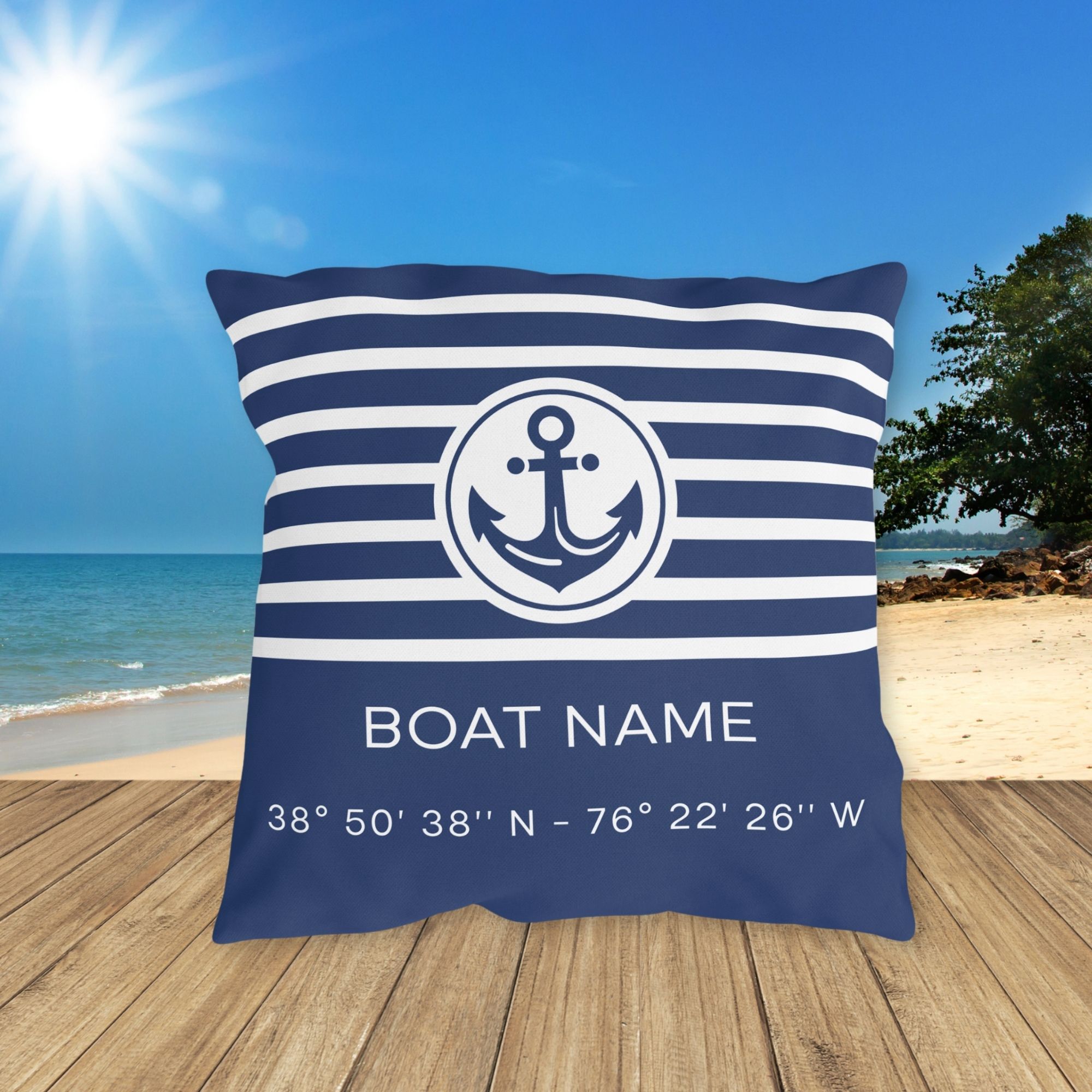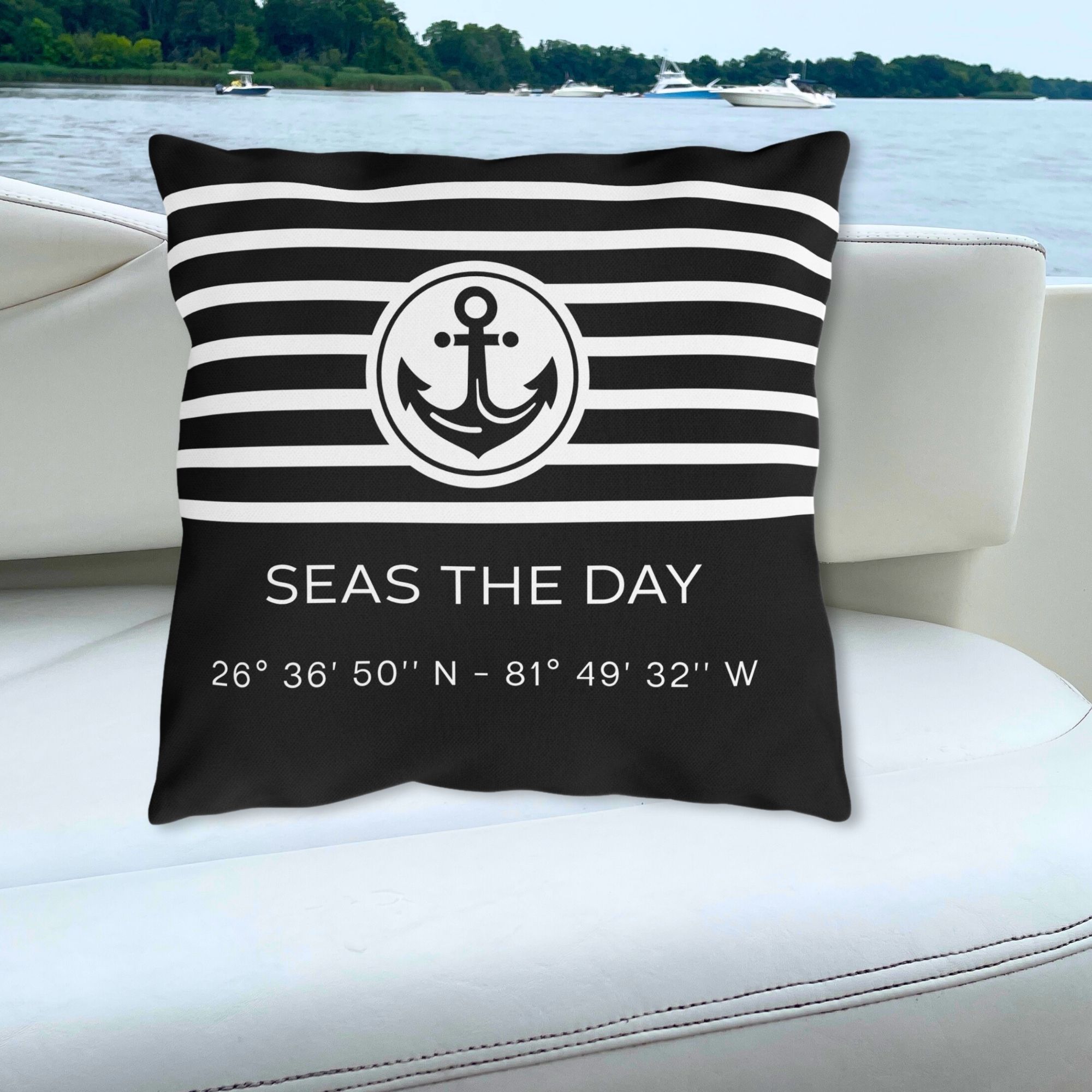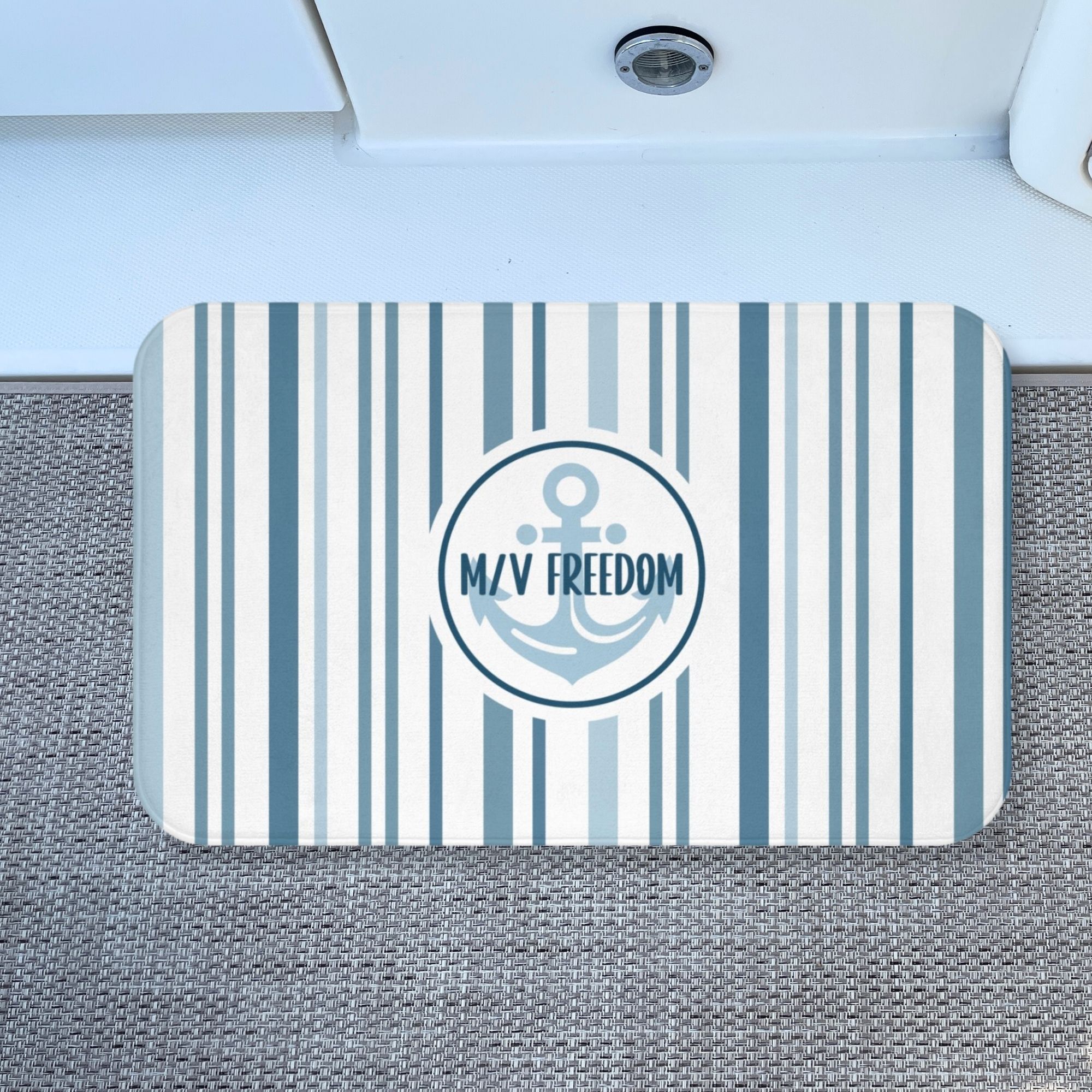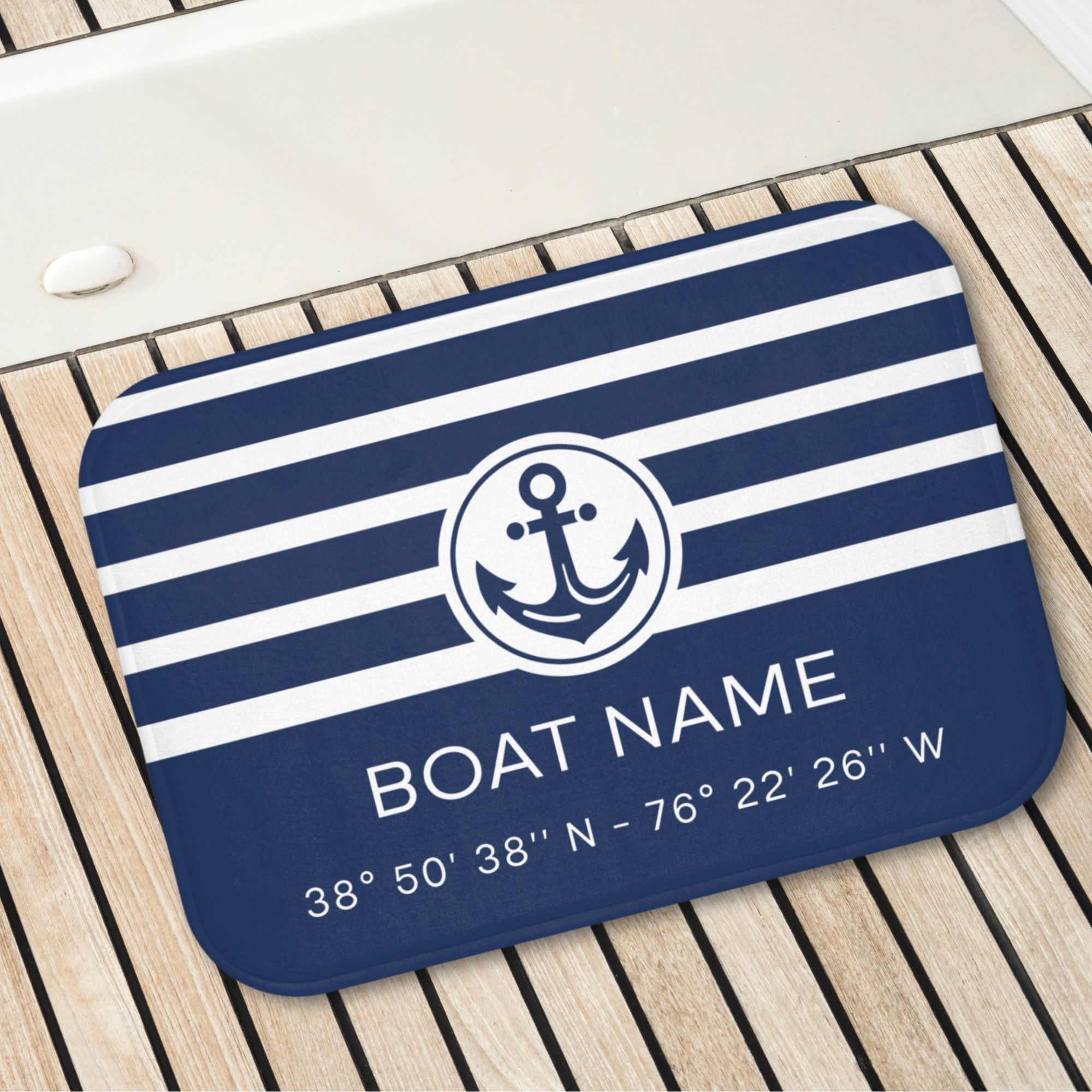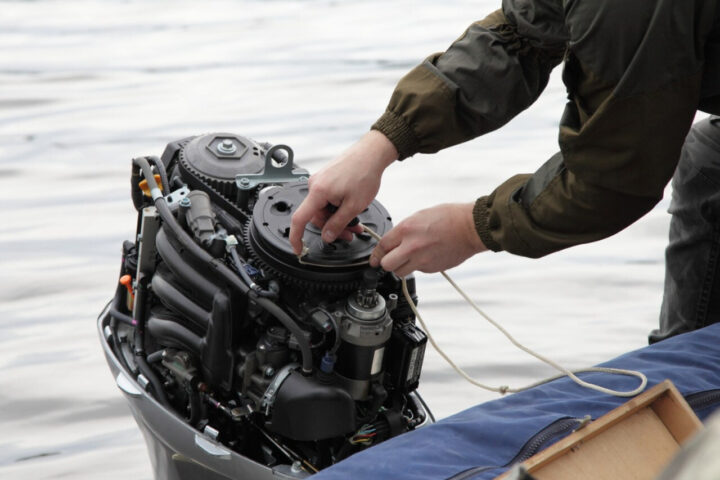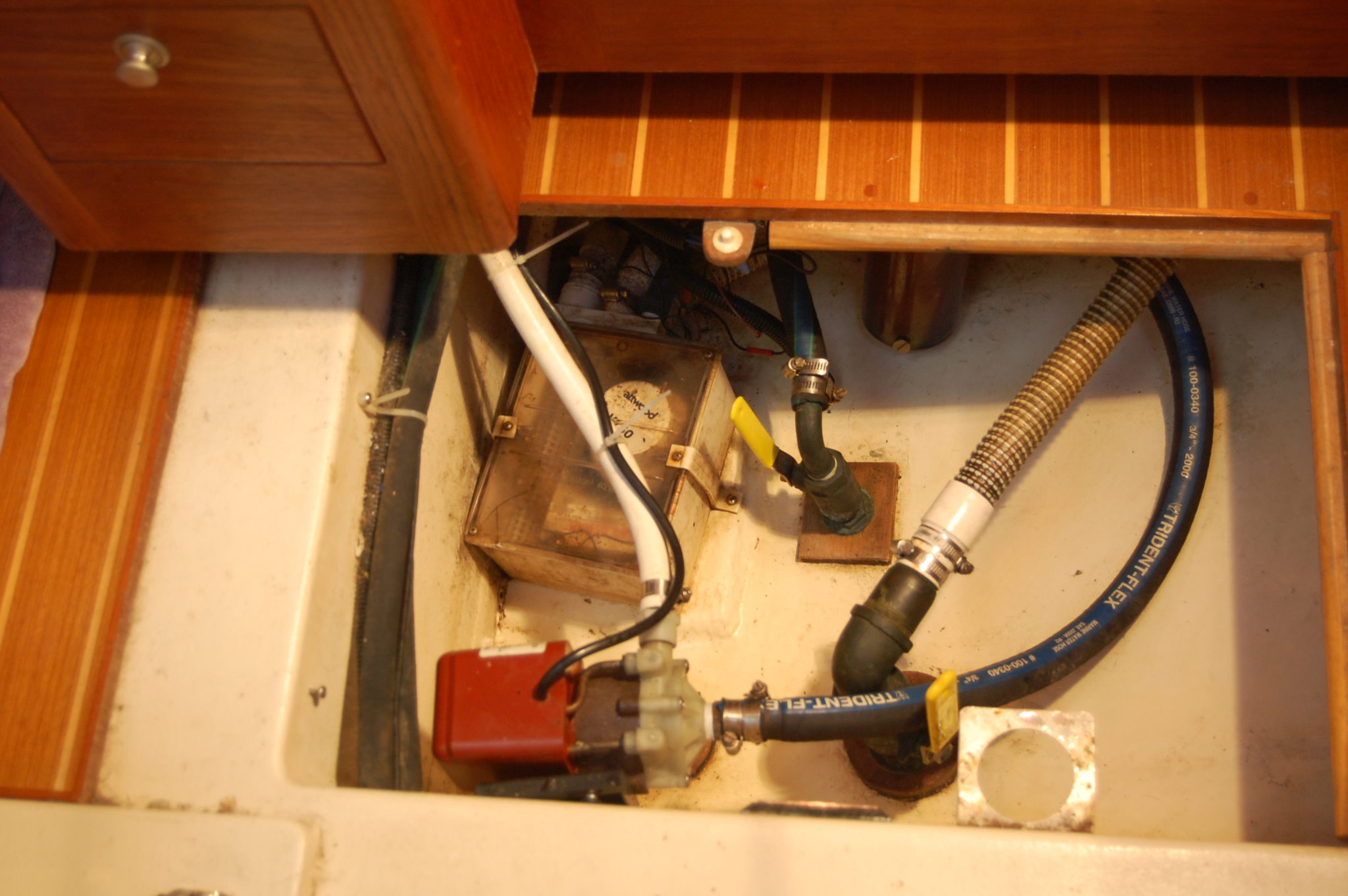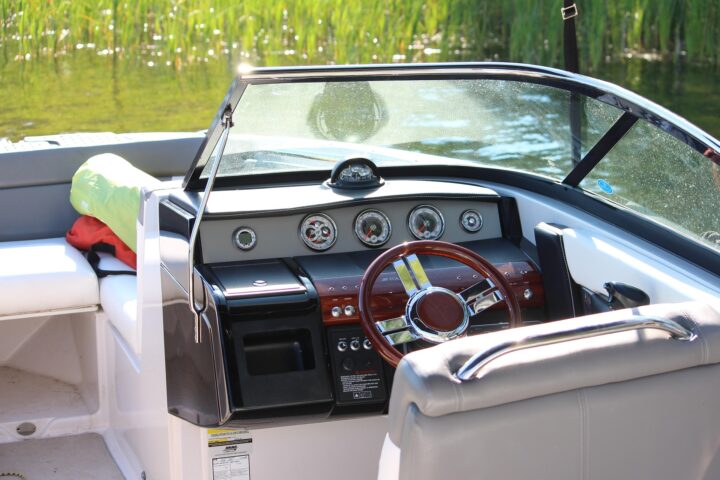 Recreational boaters need to be aware that invasive aquatic species on boats are both a maintenance and environmental issue
Recreational boaters need to be aware that invasive aquatic species on boats are both a maintenance and environmental issue
If you rent or own a home, you’ll likely deal with your share of unwanted animal guests. After all, the revenues of pest control services in the U.S. were estimated at $12.29 billion as of 2016, so it’s not uncommon to find mice, squirrels, or creepy crawlies inside the home. Termites, for example, damage approximately 600,000 homes in the U.S. each year, and the subsequent repairs don’t come cheap.
But while many Americans keep a close eye on these intruders in their home, they’re often more likely to miss when certain creatures have hitched a ride on their favorite means of recreation — namely, their boats and other marine transports.
That’s why towns and counties across the nation are trying to spread awareness to area boaters about the harm these pests and invasive species are capable of. Officials are focusing on educating boaters and jet skiers, while many local lakes are cracking down on inspections.
Invasive Aquatic Species on Boats
In Deluth, MN, boaters and water enthusiasts who go out on Pike Lake can take advantage of a cleaning station for their boats and gear. The $20,000 unit, which is equipped with a wet and dry vacuum, scrub brushes, a high-pressure air hose, and more, is free to use. The township hopes that this will convince boaters to comply with state laws that prohibit moving water, fish, and bait from one body of water to another.
It’s not that they’re sticklers for the law just to be difficult. Aquatic pests like zebra mussels, spiny water fleas, and eurasian water milfoil weeds are often found in lakes across the country. Around 5% of Minnesota lakes have them. Once they invade, they’re nearly impossible to get rid of. They can even present a danger for boaters and swimmers.
Other Minnesota townships are implementing similar regulations. Wright County recently became the first in the entire state to require inspections of boats before they ever enter the water at four different area lakes. If their program is a hit, it could catch on in other areas.
“This pilot, if successful, would make Minnesota a leader in AIS [Aquatic Invasive Species] activities in the nation,” Jeff Forester, executive director of Minnesota Lakes and Rivers Advocates, told the Star Tribune. “With close to 900,000 registered watercraft and 3,000-plus public accesses, it’s difficult to cover every access. This is a step toward a solution.”
In Connecticut, there’s even an Aquatic Invasive Species Awareness Weekend in July, put on by the state’s Department of Energy and Environmental Protection boating staff.
Earlier this month, they educated local boaters about aquatic invasive plants and animals, which can quickly outpace other species and have a big impact on the public’s ability to enjoy local lakes. Zebra mussels are already prevalent in many of Connecticut’s bodies of water and officials say they need to be prevented from spreading further. As part of the event, boaters learned how to search for species and clean their boats themselves. The staff also conducted inspections.
That said, these programs are a means of removing AIS from boats and, with any luck, keeping them from spreading. They’re not a viable solution for decreasing their populations, but experts hope that by increasing overall awareness, aquatic enthusiasts will be a little more careful when checking for any unwelcome stowaways.
Trending Now: Must-Have Boat Gear for Your Boat Life
-
Lowrance Elite FS 9 Fishfinder/Chartplotter Combo
$999.00 Quick ViewBuy on West Marine -
SIMRAD Cruise 7 Chartplotter/Fishfinder Combo
$569.00 Quick ViewBuy on West Marine -
Starlink Mini Kit for High-Speed, Portable Internet on the Go
$599.00 Quick ViewBuy on West Marine -
Spinlock Deckvest Junior Inflatable Life Jacket
$209.00 Quick ViewBuy on West Marine
Trending Now: Custom Boat Decor
-
Boat Pillow with Boat Name & LAT LONG Coordinates
Quick ViewBuy on Etsy -
Boat Pillow with Boat Name & LAT LONG Coordinates- Black
Quick ViewBuy on Etsy -
Coastal Blue Stripes Bathmat with Anchor & Boat Name
Quick ViewBuy on Etsy -
Custom Boat Mat with Boat Name & LAT LONG Coordinates
Quick ViewBuy on Etsy
Disclosure: This site may contain links affiliated with companies where we receive compensation. Also, as an Amazon Associate we may earn from qualifying purchases we refer but it does not impact the price you pay. Full disclosure policy.

